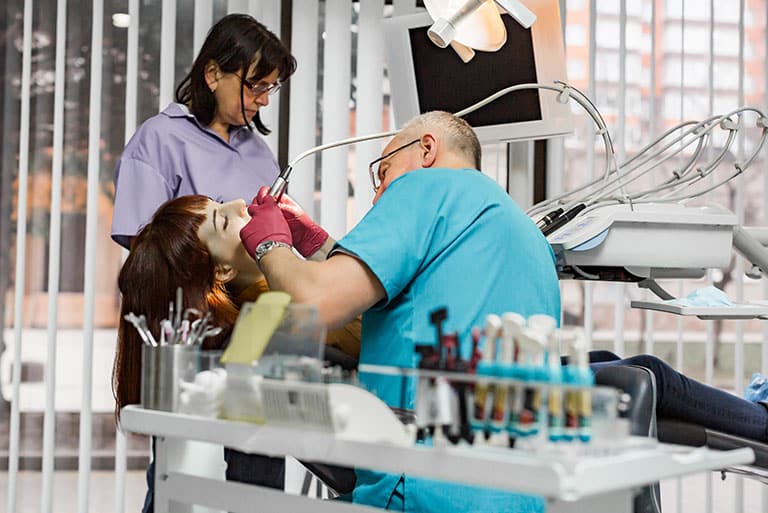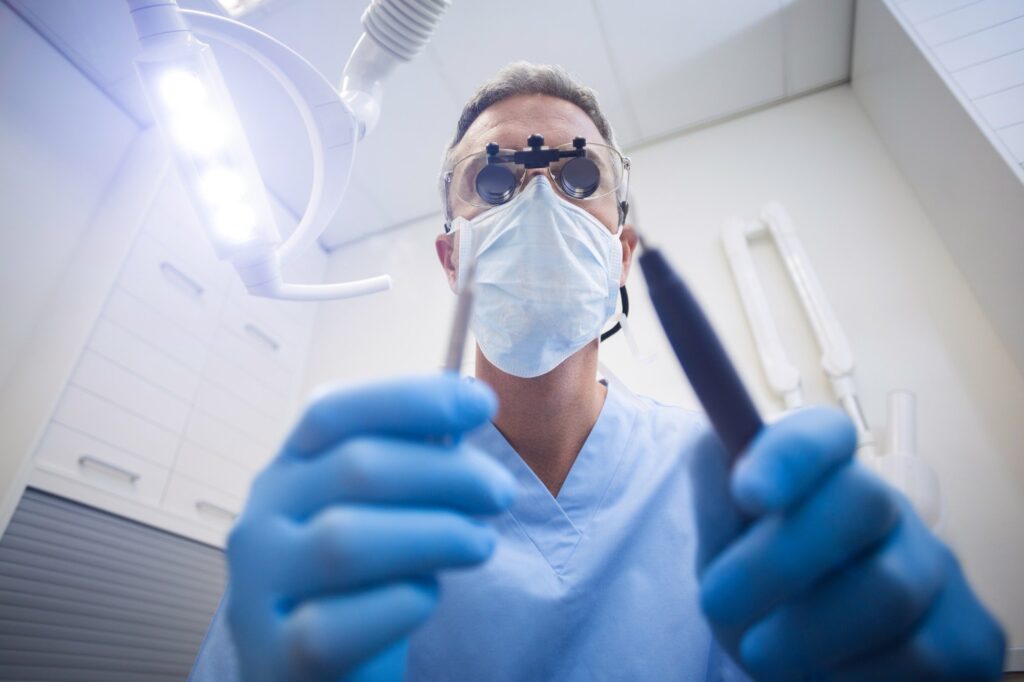For many patients, dental procedures can cause anxiety, and sedation options offer a way to make the experience more comfortable. If you’re considering sedation for an upcoming dental treatment, you might be wondering, how long does sedation last? Understanding the effects and duration of various sedation types can help you prepare for your appointment and the recovery period. In this post, we’ll discuss the different types of dental sedation, how long each one typically lasts, and tips for a smooth recovery.
Types of Dental Sedation and Their Duration
There are several types of sedation used in dentistry, each with different effects and durations. The best option for you will depend on your anxiety level, the procedure’s complexity, and your dentist’s recommendations. Here’s a look at the main types of sedation and how long you can expect each to last:
1. Nitrous Oxide (Laughing Gas)
Nitrous oxide is a mild sedative that is inhaled through a mask placed over your nose. It helps patients feel relaxed and less anxious, and it is often used for patients with mild dental anxiety or for shorter, less invasive procedures.
- Duration: The effects of nitrous oxide start quickly, usually within minutes of inhalation. Once the mask is removed, the effects wear off just as fast—usually within 5-10 minutes.
- Recovery: One of the major benefits of nitrous oxide is its quick recovery time. You should be able to drive home and resume normal activities soon after your appointment. However, it’s always best to check with your dentist to ensure you’re fully alert before driving.
2. Oral Sedation (Pills)
Oral sedation involves taking a sedative pill, such as Valium or Halcion, before your appointment. It is typically used for moderate anxiety and can make you feel drowsy and relaxed throughout the procedure. The effects can range from mild relaxation to a state where you may not remember the procedure.
- Duration: Oral sedation effects can last between 2 to 8 hours, depending on the dosage and your body’s metabolism. The sedative effects start around 30 minutes to an hour after you take the pill, and they wear off gradually.
- Recovery: Because oral sedation has lingering effects, you will need someone to drive you home after your appointment. You may feel groggy for a few hours, so it’s best to plan a quiet day of rest following your procedure.
3. IV Sedation (Intravenous Sedation)
IV sedation is administered through a vein, providing a deeper level of sedation than oral sedatives or nitrous oxide. With IV sedation, you’ll remain conscious but deeply relaxed, and you may not remember the procedure afterward.
- Duration: The sedative effects of IV sedation begin almost immediately and can last anywhere from 2 to 6 hours. The exact time depends on the dosage and the length of your procedure.
- Recovery: IV sedation has a longer recovery time, so you will need someone to drive you home, and you should plan to rest for the remainder of the day. Avoid any activities that require full alertness, as drowsiness may persist.
4. General Anesthesia
General anesthesia is the deepest level of sedation and is typically reserved for complex, invasive dental procedures. It puts you in a fully unconscious state, so you won’t feel pain or remember anything during the procedure. This type of sedation is usually administered in a hospital or surgical center rather than a standard dental office.
- Duration: General anesthesia effects can last several hours, depending on the dose and length of the procedure.
- Recovery: After general anesthesia, you’ll spend some time in a recovery room while the anesthesia wears off. You’ll likely feel groggy and disoriented for a few hours, so you will need someone to drive you home, and you should avoid any strenuous activities or decision-making for the rest of the day.
What to Expect After Dental Sedation
Knowing what to expect after sedation can help you plan a smooth recovery. Here are some general tips:
- Rest: Plan to rest after any form of sedation, especially if you had oral, IV sedation, or general anesthesia. Avoid physical activities, and give your body time to recover.
- Avoid Alcohol and Certain Medications: Don’t consume alcohol or take any medications that might interact with the sedative. Your dentist will advise you on which medications to avoid.
- Stay Hydrated: Some forms of sedation can cause dry mouth or mild dehydration, so make sure to drink water after your procedure.
- Have a Friend or Family Member Help: If you had oral, IV, or general anesthesia, arrange for someone to accompany you to and from your appointment.
Frequently Asked Questions
1. Can I go back to work after sedation?
For mild sedation, like nitrous oxide, you can usually return to work the same day. However, with oral or IV sedation, it’s best to take the day off, as you may feel drowsy or uncoordinated for several hours.
2. Is sedation safe for everyone?
Sedation is generally safe, but it may not be suitable for people with certain health conditions, like respiratory issues or allergies to sedatives. Always discuss your medical history with your dentist to determine the safest option.
3. How long will it take to feel fully normal after sedation?
This depends on the type of sedation. Nitrous oxide wears off within minutes, while oral and IV sedation may take several hours. General anesthesia typically has the longest recovery period, with drowsiness lasting up to a full day.
Final Thoughts
The duration of sedation can vary greatly depending on the type of sedative used and your body’s response. Knowing how long each type of sedation lasts and following aftercare tips will help you feel prepared and ensure a smooth recovery. If you have any questions or concerns about dental sedation, don’t hesitate to consult your dentist—they can guide you in choosing the best option for your needs.Ready for a more comfortable dental experience? Contact us to discuss sedation options for your next procedure and learn how we prioritize your comfort and safety.
Frequently Asked Question
How long does nitrous oxide sedation last during a dental procedure?
Nitrous oxide, commonly known as laughing gas, is a mild sedative that takes effect quickly, usually within minutes of inhalation. Its effects typically wear off within 5-10 minutes after the mask is removed, allowing for a swift recovery.
What should I expect in terms of recovery after dental sedation?
Recovery from dental sedation varies depending on the type of sedation used. For nitrous oxide, recovery is quick, often within minutes. Oral and IV sedations may require a longer recovery period, and patients may feel drowsy or groggy for several hours. It is recommended to arrange for someone to drive you home and to rest until the sedative effects have completely worn off.
What factors determine the choice of sedation for dental procedures?
The choice of sedation depends on several factors, including the patient’s level of anxiety, the complexity and duration of the dental procedure, and the dentist’s recommendations. Options range from mild sedatives like nitrous oxide for less invasive procedures to more profound sedation methods like IV sedation or general anesthesia for more complex treatments.


